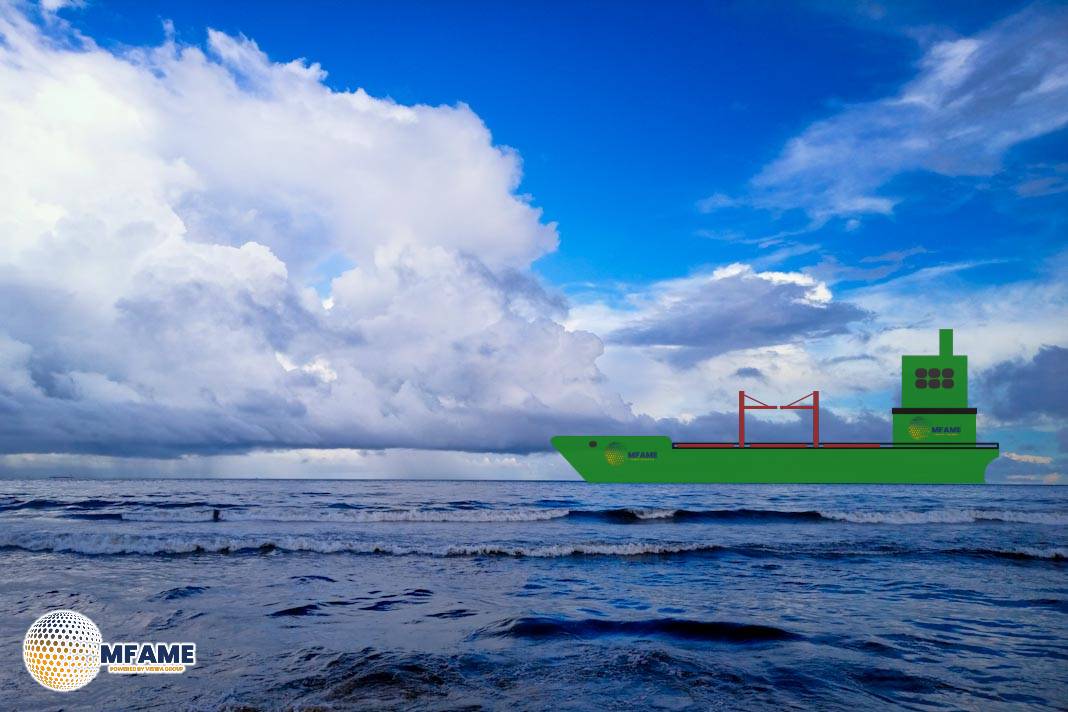- Rising Risks from Climate Extremes: Droughts and flooding, intensified by climate change, are disrupting maritime operations and infrastructure globally.
- Impact on Ports and Waterways: Climate change is causing water shortages and floods, leading to operational restrictions, higher costs, and risks to vessel integrity.
- Adapting to New Realities: The shipping industry must invest in resilient infrastructure, develop flexible operations, and enhance climate monitoring to mitigate these growing risks.
Climate change is increasingly impacting the shipping industry, introducing both direct and indirect challenges that disrupt traditional patterns and operations. Notably, the frequency and intensity of droughts and floods have escalated, posing significant risks to maritime infrastructure and operations.
The Paradox of Climate Extremes
While it may seem counterintuitive, climate change is intensifying both droughts and floods. This paradox stems from alterations in the global water cycle, leading to more severe dry spells in some regions and excessive rainfall in others. Such extremes disrupt established weather patterns, affecting shipping routes and port operations.
Impact on Maritime Infrastructure
Ports, terminals, canals, and other maritime infrastructures are particularly vulnerable to climate-induced disruptions. For instance, the Panama Canal has faced operational challenges due to drought-induced water shortages, leading to transit restrictions and increased operational costs. In 2019, severe drought in the Panama Canal watershed required limits on through traffic, estimated to cost global shipping between USD 230 million and USD 370 million.
Operational Challenges in Inland Waterways
Inland waterways are also susceptible to climate-induced fluctuations. Droughts can lead to low water levels, hindering vessel navigation, while floods can introduce debris and pollutants, posing risks to vessel integrity. For example, in 2013, low water levels in the Great Lakes led to record lows, increasing operating costs for vessels by 5-22%.
Strategic Adaptations for the Shipping Industry
To mitigate these emerging risks, the shipping industry should consider the following strategies:
- Infrastructure Resilience: Invest in reinforcing port and terminal structures to withstand extreme weather events.
- Operational Flexibility: Develop contingency plans that account for variable water levels and potential transit restrictions.
- Climate Monitoring: Implement advanced monitoring systems to anticipate and respond to climate-induced disruptions promptly.
- Stakeholder Collaboration: Engage with local communities, governments, and environmental organizations to address broader climate challenges collectively.
As climate change continues to reshape environmental conditions, the shipping industry must proactively adapt to safeguard operations and infrastructure. Embracing resilience and flexibility will be crucial in navigating the complexities of a changing climate.
Did you subscribe to our daily Newsletter?
It’s Free Click here to Subscribe!
Source: Britannia P&I



















